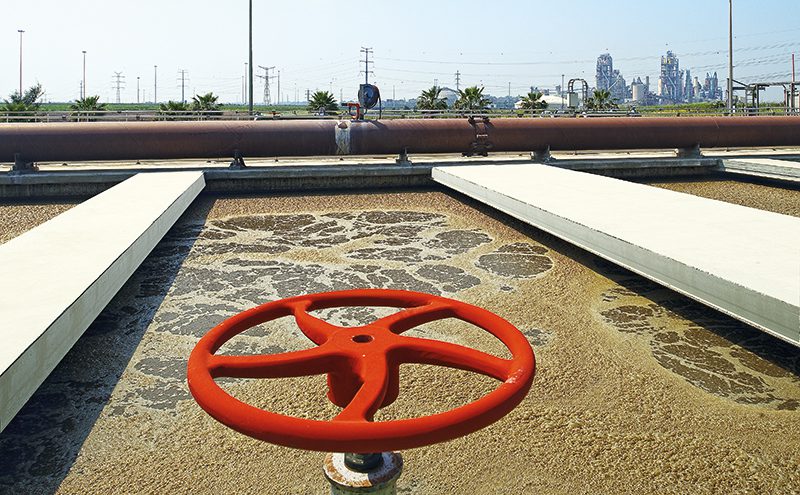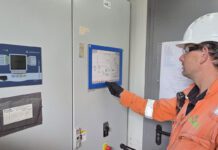A few thoughts on the benefits and practicalities of using heat exchangers in wastewater AD, from Matt Hale of thermal technology expert HRS Heat Exchangers
Over the years, different wastewater companies have adopted different approaches to sludge treatment, but there is now a trend towards anaerobic digestion (AD) and away from incineration. While the number of AD facilities treating sewage sludge may be growing steadily, rising just 12% from 2010-2015, these 159 plants actually generated over 25% more power over the same period. This can be largely attributed to efficiency improvements within the wastewater sector, which is renowned for its approach to innovation, often setting the standard for operational efficiency within the entire AD industry.
Many of the original wastewater AD facilities are now looking to upgrade, switching from producing electricity to biomethane in order to take advantage of the Renewable Heat Incentive, particularly given the positive outcome of last year’s consultation on the scheme. However, small-scale improvements have been no less important in helping to boost the sector’s energy output and upgrading an existing plant is an ideal opportunity to improve its overall efficiency, to maximise both energy production and overall greenhouse gas savings.
One of the easiest ways to improve efficiency is by recapturing heat. Heat exchangers represent the best way of doing this, having a much lower heat requirement than tanks with heating jackets (up to half of that of some systems). In fact, a well designed heat exchanger system could recover and reuse 40% of the heat produced by a wastewater AD plant.
One size does not fit all
Not all heat exchangers are equal and one size does not fit all – the AD industry covers many different sectors processing a variety of feedstocks from food waste to farm residues, to liquid by-products. One range proving proving popular with wastewater AD operators is the DTI series from HRS, which is a double tube heat exchanger. The inner tube is corrugated to ensure improved heat transfer performance and superior resistance against tube wall fouling, resulting in reduced maintenance periods. In addition, the tube in tube design permits the processing of fluids with particles without any tube blockage, making it particularly suited to sewage AD plants.
But having recovered this valuable heat, what are water companies doing with it? With a typical 1.5 MW wastewater AD plant producing as much as 40,000 tonnes of liquid digestate each year – bringing significant economic and logistical challenges associated with its storage and transportation – many operators are using their surplus heat to improve their digestate management systems. After all, if it isn’t concentrated, the volume and consistency of digestate can quickly become a costly bottleneck in plant efficiency.
Concentrated digestate is easier to manage
Using surplus heat to separate water from digestate by concentration can reduce the overall quantity of digestate by as much as 80%, greatly lowering the associated storage and transport costs. A well designed system, such as HRS’ Digestate Concentration System (DCS), will include measures to retain the valuable nutrients in the digestate, while the evaporated water can be condensed and returned to the front end of the AD process, reducing the amount of energy and water used by the plant. After concentration, the treated digestate dry solid content can be as much as 20% (often a fourfold improvement), making it much easier, and cheaper, to transport and handle.
Bright future for new treatment technologies?
By improving the efficiency of their wastewater AD plants, many of the UK’s water companies are enjoying increased ROI, helping to make their service more affordable and sustainable; particularly important as the water industry uses around three per cent of all the electricity generated in the UK. HRS’ customers and end-users already include Southern Water, Severn Trent Water, Welsh Water, Yorkshire Water, Anglian Water, Northumbrian Water, Wessex Water and Thames Water. And with Ofwat’s recent Water 2020 report set to kick-start a market for treated sewage sludge, there’s a real feeling that the coming years will bring about even more partnerships between water companies and firms developing new treatment methodologies.







